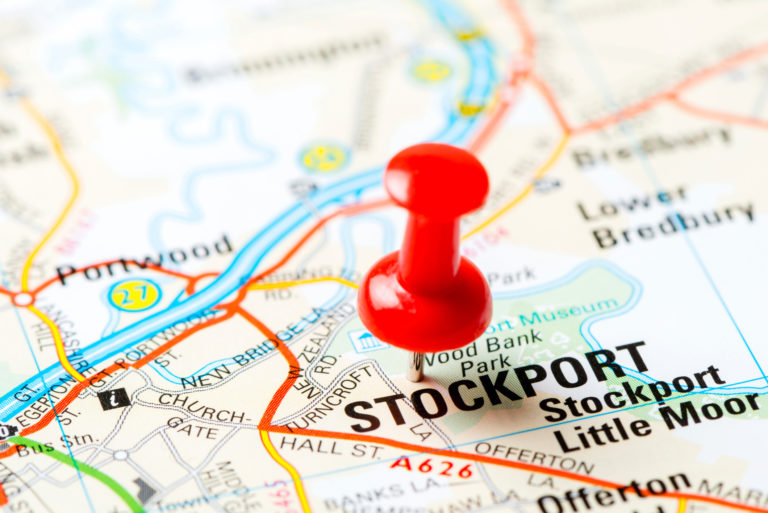The population of Birmingham is expected to grow by around 13.7%, or 150,000 people, by 2031, bringing with it increased demand for new homes – something that developers, investors and landlords are beginning to recognise and take advantage of now.
Average residential values in Birmingham have grown by 31% over the last five years, and Hometrack predicts that property prices there will rise a further 20-30% over the next three or four years as the area continues to see vast improvements.
Unlocking potential in the city is now a key target as The Big City plan sets out its 20-year vision for transforming the area, while the West Midlands Combined Authority offers strategic planning for housing, commercial space and infrastructure with the country’s largest investment fund for a combined authority of £1.1bn.
Improving infrastructure
Birmingham New Street station is now the busiest train station outside London, which has had a huge impact on the city as travel times have been cut and passenger capacity has increased. Extra investment in the Metro network has also opened up new areas for development and, according to a report by Savills focusing on the future prospects of Birmingham, continued investment in this network is vital to maintain growth levels in the city and surrounding areas.
It is also now quicker than ever to travel to and from London, and the new HS2 train line will further add to the city’s appeal as a major business location, reducing journey times to the capital to just 49 minutes, which will open up the city to people travelling from continental Europe.
Workers and businesses moving to the city
Office take-up in Birmingham exceeded one million square feet last year, which was 51% above the 10-year average, and a number of major businesses have made the move away from London to the city, with more in the pipeline. Deutche Bank opened a major office in Birmingham with more than 2,000 employees, while HSBC is set to relocate more than 1,000 members of staff from the capital. According to the report by Savills, the average saving per employee for businesses relocating away from London is approximately £10,000 for the worker and £10,000 for the property.
With business moves come workers, and Birmingham has one of the youngest populations in Europe, with under-25s making up 40% of all inhabitants – while 49% of graduates from the local universities stay on in the city, too. This is an important factor for developers and investors to acknowledge when considering the type of property that will be most in demand in the area.
Residential development
According to Savills research, there are currently around 21,200 residential units in planning or under construction in Birmingham, and development has been supported by the city’s strong property price growth and strong brownfield potential. However, property types are changing and diversifying, and the build-to-rent market is well and truly on the up in Birmingham, with around 1,800 BTR units currently under construction.
Major housebuilders looking outside London are flocking to Birmingham, along with property investors, and they are targeting all areas of the market – from high-end schemes down to affordable stock, which is vital in the city centre. The focus is on long-term returns rather than short-term, as has been seen in some parts of the London market, but as the population rises the demand for new homes will always be there.
The West Midlands as a whole is forecast to achieve 14.8% five-year compound growth in the residential sector, according to Savills, and with growth expected to be “subdued” over the course of 2018, now is an opportune time to look at investing in Birmingham as it sits on the cusp of major future growth.










